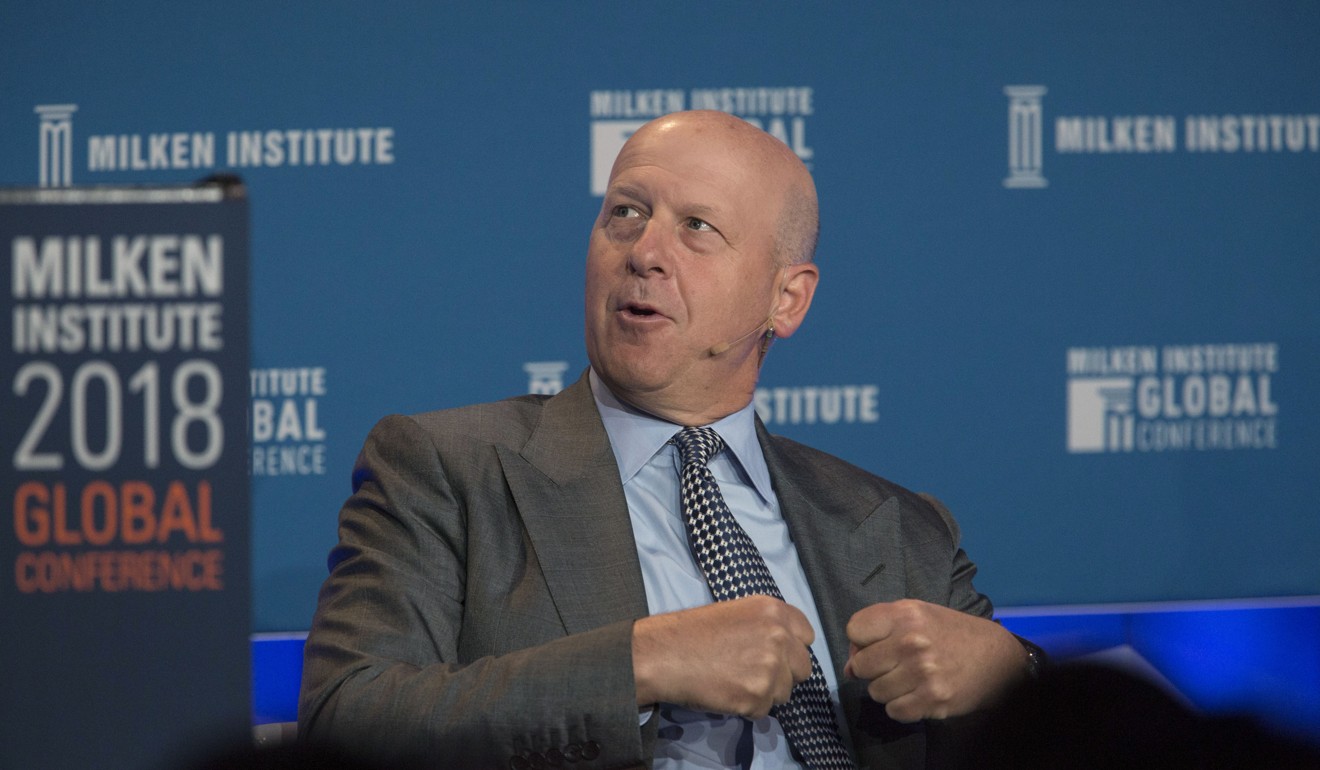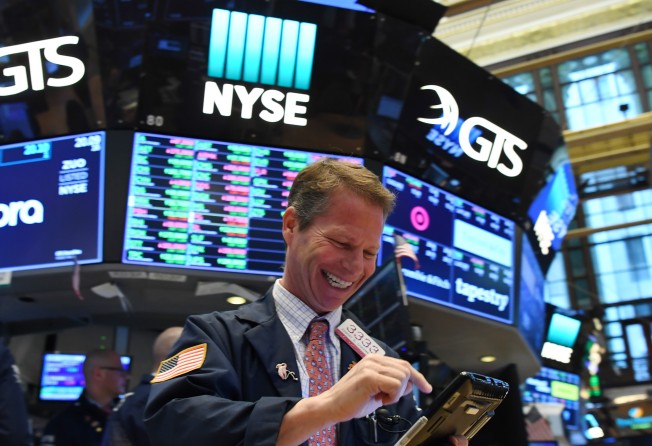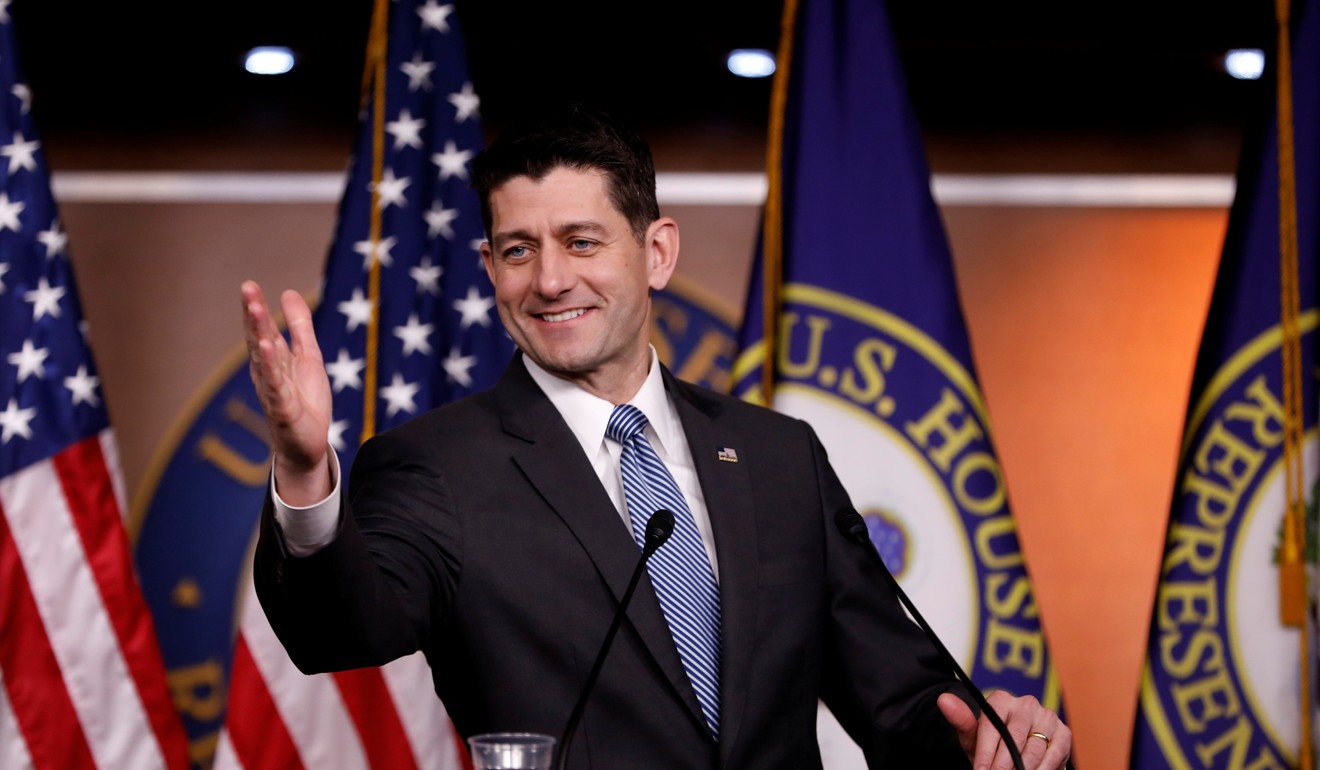
Why stock buy-backs continue to drive growth in the US markets
Varun Ghotgalkar says corporate stock repurchases remain a popular way to return value to shareholders because they are not penalised by taxes, they can send signals about the stock’s value and are not subject to ‘sticky dividends’

Stock repurchases by corporations have been by far the most dominant source of demand for American equities in the current bull market. Equity buy-backs for S&P 500 companies have exceeded US$3.5 trillion since the global financial crisis, and topped US$7 trillion since 2001.
The increasing use of stock repurchases to pay back equity investors (instead of dividend payments) has often been attributed to the decreasing cost of debt financing, driven by falling interest rates, regulatory changes involving stock buy-backs and the rise of equity-linked compensation for executives.
Buy-backs appear to be a strong tailwind for markets amid the volatile backdrop, while contributing to earnings-per-share growth. Buy-back announcements this year in the United States (as at the end of March 2018) are around 58 per cent higher, relative to the same period last year, despite concerns about the rising cost of capital, elevated leverage ratios and tightening credit market conditions as fundamentals remain solid – reflected by recent earnings trends.
The move to buy-backs is clearly observable in many sectors, especially technology and financial industries, but sectors like utilities and telecommunications are still mainly giving payouts in the form of dividends.
Buy-back operations, like dividend payments, are simply a way to return excess cash to shareholders. But why buy-backs?
First, an optimal debt equity mix for every company is found by weighing the costs and benefits of leverage, keeping assets and investment plans constant. Assuming stock repurchases are conducted with financial prudence, they can positively impact shareholder value by optimising capital structure.
A lower share count, led by buy-back operations, means higher earnings per share (all else being equal), implying a better return on equity. The longer-term impact on firm value remains contingent on the sustainability of earnings growth generated through existing operating assets and the judgment managers demonstrate with the trade-off between investing capital in new projects and returning cash to shareholders.

Taxation is another difference that tends to favour stock repurchases. Prevailing taxation regimes provide a tax shield on debt financing, as interest expenses are deductible, unlike dividends payments.
Stock repurchases also provide more flexibility compared to dividends. Buy-backs can be used to signal the market when management feels their stock is undervalued or mispriced and offer investors the option to tender their holdings or not, altering the ownership structure of the company.
Lastly, buy-backs are not generally prone to the “sticky dividends” phenomenon, where dividends paid anchor expectations and dividend cuts tend to be badly received by markets. This implies that managers enjoy higher flexibility regarding payout and reinvestment policies.
Generally, when the buy-back price is perceived to be fair, gains from liquidity effects tend to be short-lived. Buy-backs also create value transfers between shareholders who tender their shares and those who choose to hold on. If the buy-back is overvalued, what follows is a value transfer to those who tender their holdings from those who don't, and vice versa.

The alpha generated by stocks (relative to the S&P 500) after buy-back announcements tends to increase with both the size of the buy-back relative to the market capitalisation of a firm and the holding period after the announcement date. This suggests buy-back ratios have been an effective indicator for stock selection over the past decade. Buy-backs generate significant announcement returns, followed by positive longer-term excess returns.
Buy-back ratios as a factor have consistently outperformed the market over the past decade. The annualised total return delivered by the S&P 500 from 2008 to March 2018 has been 9 per cent while the S&P 500 buy-back index, which comprises the top 100 stocks with the highest buy-back ratios, has delivered 12 per cent over the same period.
The massive surge in stock repurchases has attracted widespread criticism, mostly on the grounds of rising corporate leverage, sidestepping investment-hampering future growth, and unaligned management incentives. It may be hard to judge a corporation’s choice between deploying investments and returning capital to shareholders. It could be motivated by rewarding stakeholders, lack of opportunities, pessimism regarding future economic growth or any combination of these coupled with other factors. But for the broader economy, investor payouts in any form would largely get recirculated into the economy and allocated elsewhere – a cornerstone of a healthy market economy.
Like any corporate action (M&A activity, dividends, etc), capital changes come down to sound judgment and financial prudence. Recently, increasing shareholder payouts and slow corporate investment has been a global trend, but there is little evidence that economies with greater shortfalls in corporate investment have experienced larger increases in shareholder payouts.
Varun Ghotgalkar is an equity strategist at AXA Investment Managers